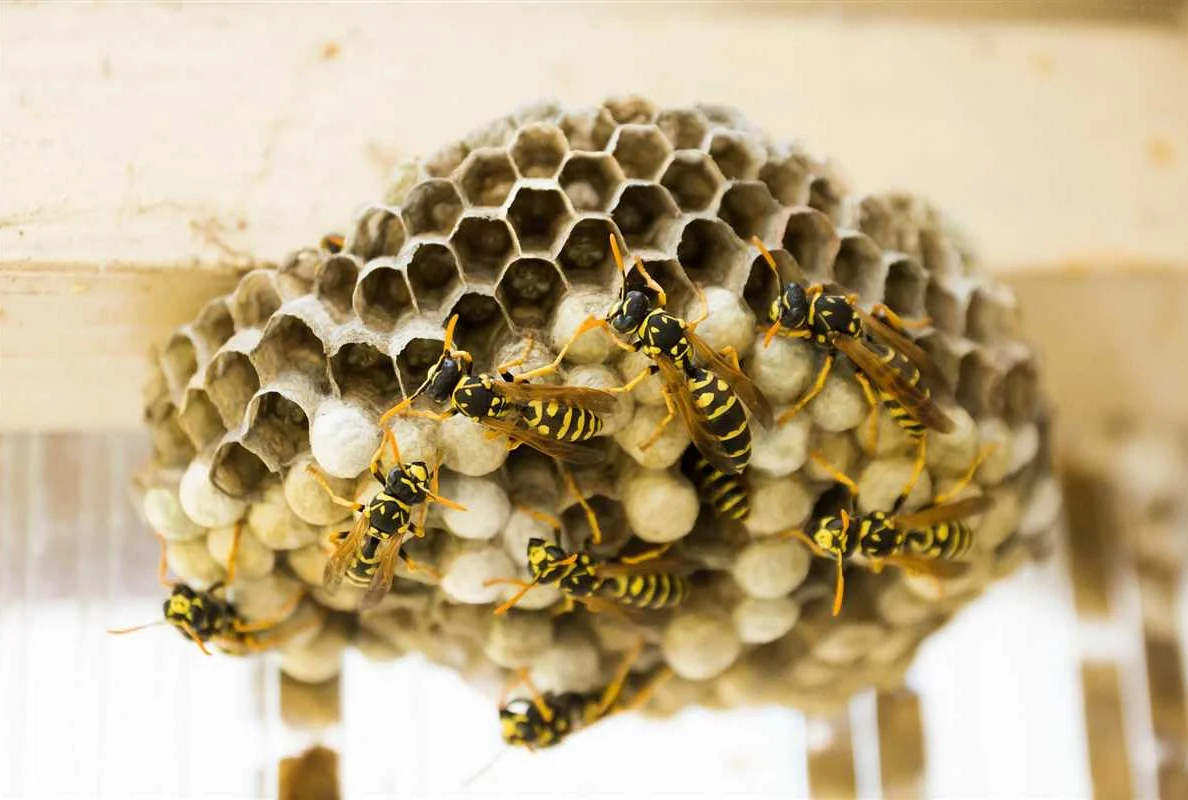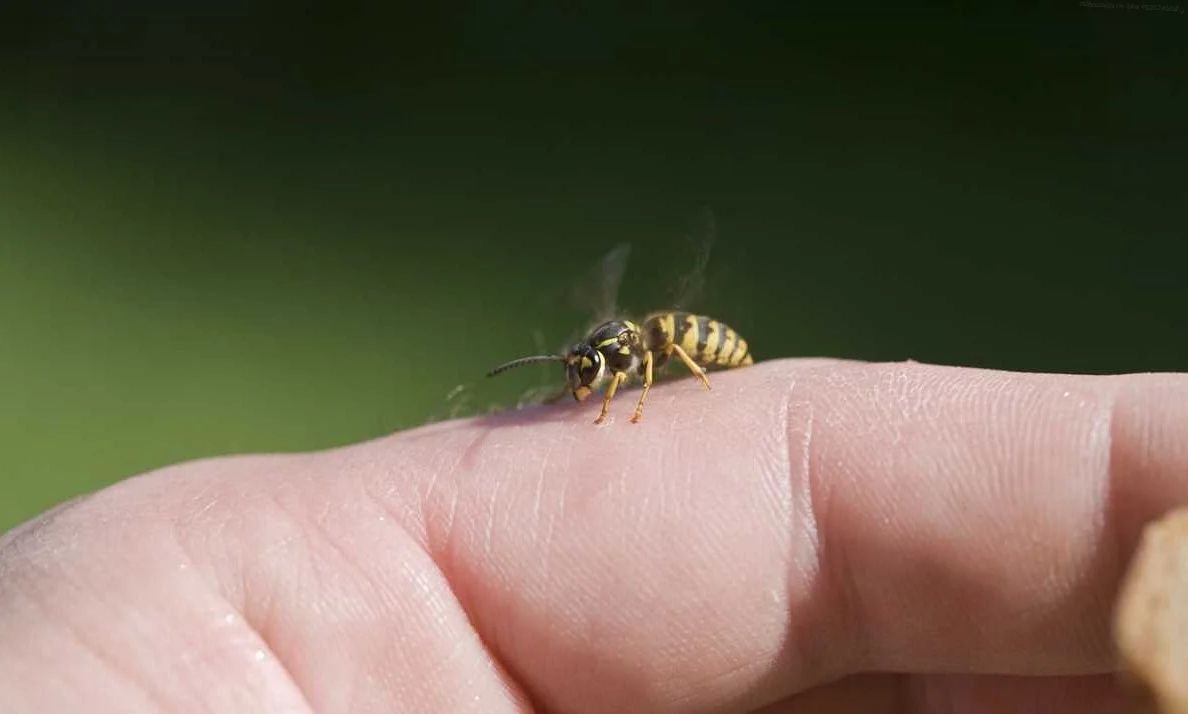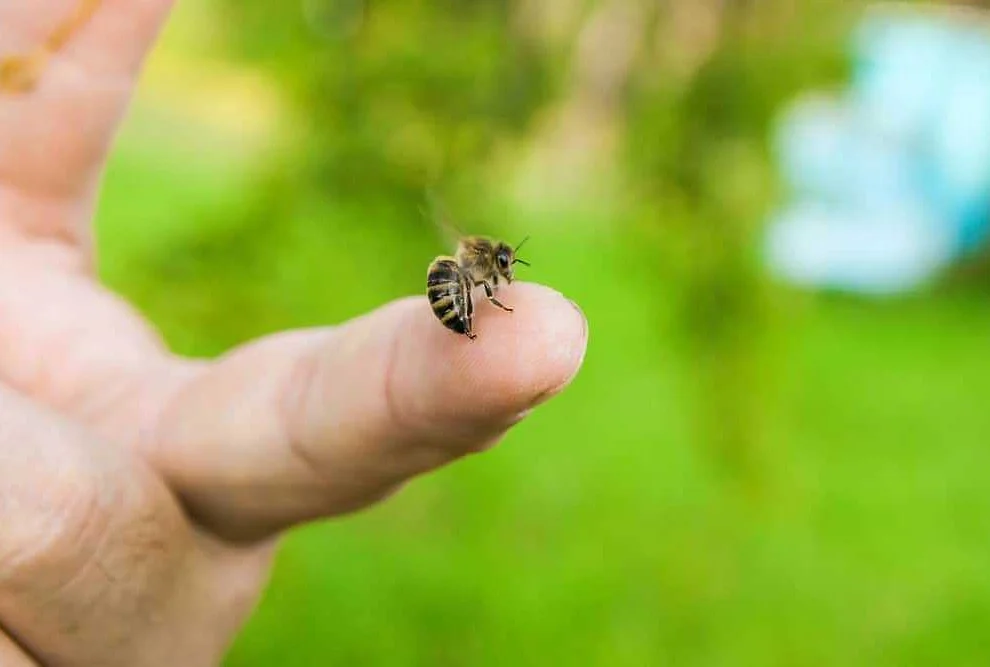This is “w-w-w” for a reason: who can die from a bee sting and how to check the risks
This article explores the risks associated with bee stings and examines who is most susceptible to severe reactions. It provides information on how to assess individual risk factors and offers tips on how to minimize the chances of a life-threatening reaction.
Bee stings may seem harmless to most people, causing only temporary pain and discomfort. However, for some individuals, these tiny insects can pose a life-threatening risk. Understanding who is most susceptible to fatal bee stings is crucial in preventing tragedies and implementing proper precautions.
Individuals with allergies are the most vulnerable to fatal bee stings. For those who have been previously stung and experienced an allergic reaction, subsequent stings can trigger a severe response known as anaphylaxis. Anaphylaxis is a systemic allergic reaction that affects multiple body systems and can quickly become life-threatening.
Children and elderly individuals also face increased risks when it comes to bee stings. Children, especially those between the ages of 5 and 14, may not have developed a strong immune system yet, making them more susceptible to severe allergic reactions. Similarly, older adults may have weakened immune systems, making them more vulnerable to the effects of bee venom.
Outdoor workers, such as landscapers, gardeners, and farmers, are at greater risk of fatal bee stings due to their frequent exposure to bees and their habitats. These individuals may inadvertently disturb beehives or encounter aggressive bees, increasing their chances of being stung. It is crucial for outdoor workers to be aware of the risks and take necessary precautions, such as wearing protective clothing and carrying emergency medication.
Lastly, individuals who have had previous severe allergic reactions, such as anaphylaxis, to other allergens, such as certain foods or medications, may also be at a higher risk of fatal bee stings. This is because their immune system is already sensitized and primed to overreact to allergens, including bee venom. Identifying this increased susceptibility can help healthcare professionals develop personalized prevention and treatment plans.
In conclusion, understanding the risk factors for fatal bee stings is crucial for individuals, healthcare professionals, and outdoor workers. By recognizing who is most susceptible to severe reactions, appropriate precautions can be taken to prevent fatalities and ensure prompt treatment in case of an emergency.
Identifying the Vulnerable Groups

When it comes to fatal bee stings, certain groups of individuals are more susceptible to severe reactions than others. Understanding who these vulnerable groups are can help us better protect them from the risks associated with bee stings.
1. Children: Children, especially those under the age of 5, are particularly vulnerable to fatal bee stings. This is because their immune systems are still developing and may not be able to respond effectively to the venom injected by bees. Additionally, children may not be able to communicate their symptoms or seek help quickly, which can delay the administration of life-saving treatments.
2. Elderly individuals: Older adults may also be more at risk of fatal bee stings due to age-related changes in their bodies. Their immune systems may not be as robust, making it harder for them to fight off the effects of bee venom. Furthermore, underlying health conditions or medications can further complicate their ability to recover from severe reactions.
3. Individuals with allergies: People who are allergic to bee stings are among the most vulnerable groups. For these individuals, even a single bee sting can trigger a severe allergic reaction known as anaphylaxis, which can be life-threatening if not treated promptly. It’s important for people with bee sting allergies to carry an epinephrine auto-injector at all times and seek immediate medical attention if stung.
4. Outdoor workers: Individuals who work in occupations that require them to spend a significant amount of time outdoors, such as farmers, gardeners, or construction workers, are more likely to encounter bees and, therefore, face a higher risk of being stung. Proper protective clothing, such as bee suits or veils, can help minimize the risk, but it’s essential for outdoor workers to be aware of the potential dangers and take precautions accordingly.
5. Beekeepers: While beekeepers may have a higher level of knowledge and experience with bees, they are still at risk of fatal stings. Beekeepers work closely with bees and face the potential for multiple stings in a single encounter. They should always wear appropriate protective gear and be diligent in maintaining their hives to reduce the risk of being stung.
It is crucial for these vulnerable groups to be aware of the risks of fatal bee stings and take appropriate precautions to minimize their chances of getting stung. Education, proper protective measures, and swift medical intervention are key to ensuring their safety and well-being.
Age and Bee Stings: Are the Elderly More at Risk?

Bee stings can be a serious health concern, particularly for individuals who are more susceptible to adverse reactions. Amongst the demographics most vulnerable to fatal bee stings, the elderly often top the list.
As individuals age, their immune system weakens, making them more prone to allergic reactions. This heightened vulnerability is further compounded by pre-existing medical conditions and the use of certain medications.
The elderly may also have reduced mobility and slower reaction times, making it harder for them to seek immediate medical attention in the event of a bee sting. Delays in receiving appropriate treatment can have severe consequences.
Moreover, the elderly are more likely to spend time outdoors, engaging in activities like gardening or walking, where encounters with bees are more likely to occur. This increased exposure heightens their risk of being stung.
To mitigate the risk, it is crucial for the elderly and their caregivers to be aware of the potential dangers and take necessary precautions. This includes wearing protective clothing, avoiding heavily flowered areas, and having an epinephrine auto-injector readily available in case of an emergency.
While bee stings can be fatal for anyone, it is especially important to prioritize bee sting awareness and prevention measures for the elderly population. By taking appropriate precautions, we can help reduce the risks associated with bee stings and protect the vulnerable members of our community.
Health Conditions and Bee Stings: Which Conditions Increase the Risk?

Bee stings can be hazardous for anyone, but certain health conditions can increase the risk of severe reactions. Understanding which conditions may make an individual more susceptible to fatal bee stings is crucial for both prevention and timely treatment.
Allergies: Individuals with a history of allergies, particularly to insect stings, are at a higher risk of experiencing severe reactions to bee stings. These allergic reactions can range from localized swelling and redness to anaphylaxis, a life-threatening allergic response that requires immediate medical attention.
Asthma: People with asthma may face a higher risk of complications from bee stings due to their underlying respiratory condition. Bee stings can trigger bronchospasm and aggravate asthma symptoms, leading to difficulty breathing and potentially life-threatening respiratory distress.
Cardiovascular Disease: Bee stings can pose an increased risk for individuals with cardiovascular diseases, such as heart disease and high blood pressure. The venom from a bee sting can cause a sudden increase in heart rate and blood pressure, potentially triggering a heart attack or stroke in susceptible individuals.
Immunodeficiency Disorders: People with weakened immune systems, such as those with HIV/AIDS or undergoing chemotherapy, may have a reduced ability to respond to bee venom. This weakened immune response can lead to more severe and prolonged reactions to bee stings.
Diabetes: Individuals with diabetes may also be at an increased risk of complications from bee stings. High blood sugar levels can impair the body’s natural healing process and immune response, potentially leading to delayed wound healing and increased susceptibility to infections.
Age: Age can also be a factor in the severity of reactions to bee stings. Children and older adults tend to be more vulnerable to severe reactions compared to younger, healthier individuals.
It is important for individuals with these health conditions to take extra precautions to avoid bee stings, such as wearing protective clothing, using insect repellents, and seeking immediate medical attention if stung.
Allergic Reactions: How Allergies Affect the Severity of Bee Stings

Allergic reactions to bee stings can vary in severity depending on an individual’s allergies. While most people may experience some discomfort, swelling, and redness at the site of a bee sting, those with allergies may face more serious and potentially life-threatening reactions.
When a person is stung by a bee, their immune system releases chemicals such as histamine to combat the perceived threat. For individuals without allergies, these chemicals cause localized symptoms that tend to resolve within a few hours or days.
However, for people with allergies, the immune system’s response can be more intense and widespread. This can lead to anaphylaxis, a severe allergic reaction that affects multiple systems in the body. Symptoms of anaphylaxis can include difficulty breathing, swelling of the face and throat, hives or rash, nausea and vomiting, dizziness or fainting, and a rapid pulse.
It is important for individuals with known allergies to bees to be prepared for a potential sting and to carry an epinephrine auto-injector, commonly known as an EpiPen. This device can quickly deliver a dose of epinephrine, a medication that can reverse the symptoms of an allergic reaction and help prevent anaphylaxis.
In some cases, individuals may not be aware of their bee allergies until after they have been stung. If symptoms of an allergic reaction occur, it is crucial to seek immediate medical attention. Allergic reactions to bee stings can rapidly escalate and become life-threatening if not treated promptly.
To minimize the risk of a severe allergic reaction to bee stings, individuals with known allergies should take precautions such as avoiding areas with high bee populations, wearing protective clothing when spending time outdoors, and seeking allergy testing and immunotherapy to decrease the body’s reaction to bee venom.
In conclusion, allergies can significantly impact the severity of bee stings. It is important for individuals with known allergies to take precautions and be prepared for a potential sting. Understanding the risks and taking appropriate measures can help prevent severe allergic reactions and ensure the safety and well-being of those at risk.